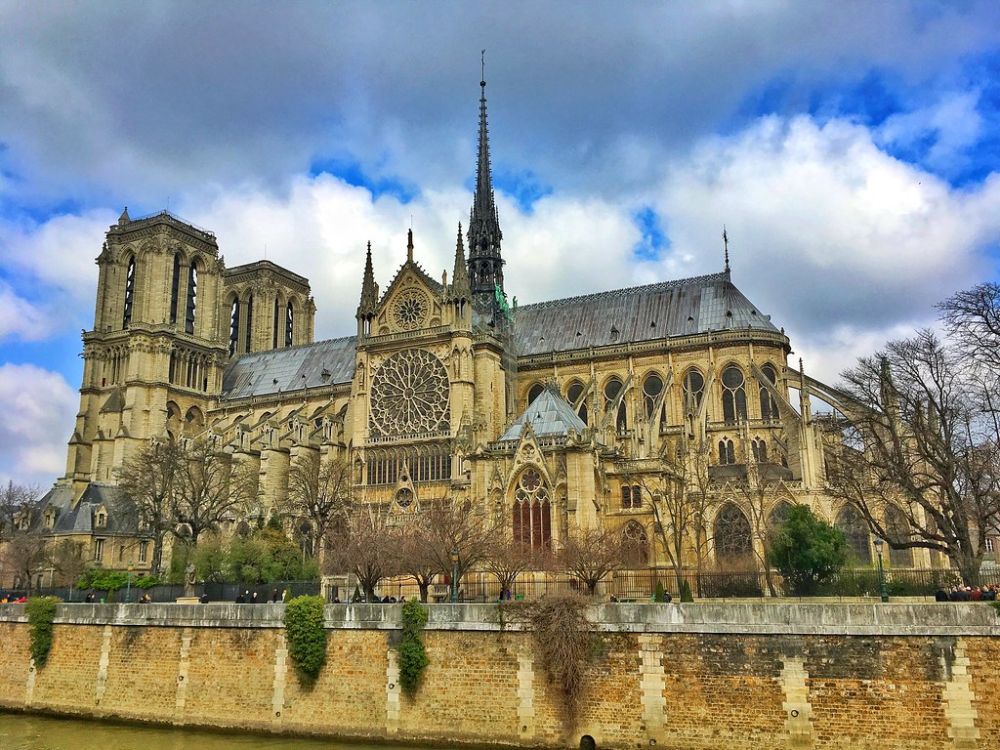

The Notre Dame Cathedral, with its imposing Gothic architecture, has stood as a beacon of cultural and historical significance in the heart of Paris since the middle ages. Its foundations were laid in 1163, and it took nearly 200 years to complete. The cathedral has since been at the center of countless historical events, including the coronation of Napoleon Bonaparte, and has inspired artists and writers, most notably Victor Hugo with his novel "The Hunchback of Notre-Dame".
The Notre Dame Cathedral's role as a tourist destination began to gain prominence in the 18th and 19th centuries. With the advent of the railway and the industrial revolution, travel became more accessible, allowing people from all walks of life to visit Paris and its magnificent cathedral. The cathedral's fame only increased with the publication of Victor Hugo's novel in 1831, cementing its place as a must-visit location for cultured travelers.
During the 20th century, global awareness of the Notre Dame Cathedral soared with technological advancements in transportation and communication. The advent of commercial aviation and the establishment of organized tours and travel agencies contributed to an unprecedented increase in international tourism. Notre Dame's visibility was further heightened by its appearance in numerous films, television series, and literary works during this period.
In recent times, the cathedral has continued to attract millions of visitors from around the world, cementing its status as one of Paris's most iconic landmarks. Unfortunately, a devastating fire in April 2019 caused significant damage to Notre Dame's structure. The event affirmed the cathedral's monumental value not only to France but to the world, as people globally felt the loss and pledged support for its restoration. Bold efforts are currently underway to repair and restore Notre Dame, further highlighting the monument's enduring appeal to tourists and its central place in cultural heritage.
Despite the ongoing restoration work, which has temporarily restricted access to certain parts of Notre Dame, the site remains a significant draw for visitors. Modern trends in tourism at Notre Dame include the use of virtual reality experiences, allowing visitors to explore the cathedral's historical context and to understand the restoration efforts. Once the restoration is complete, the cathedral is expected to reclaim its position as one of the most visited cultural and religious sites in the world. Presently, the cathedral square and the surrounding Ile de la Cité where the cathedral is located still attract numerous tourists with their rich history and stunning views of the cathedral's exterior.
Looking to the future, Notre Dame Cathedral's role in tourism is anticipated to evolve further. The French government and the Catholic Church aim to reopen the cathedral completely by 2024, coinciding with the Paris Olympic Games. This grand re-opening is expected to herald a new era for the cathedral, potentially including state-of-the-art visitor centers, enhanced visitor experience through technology, and a continued commitment to preserving the site's heritage for future generations of tourists.